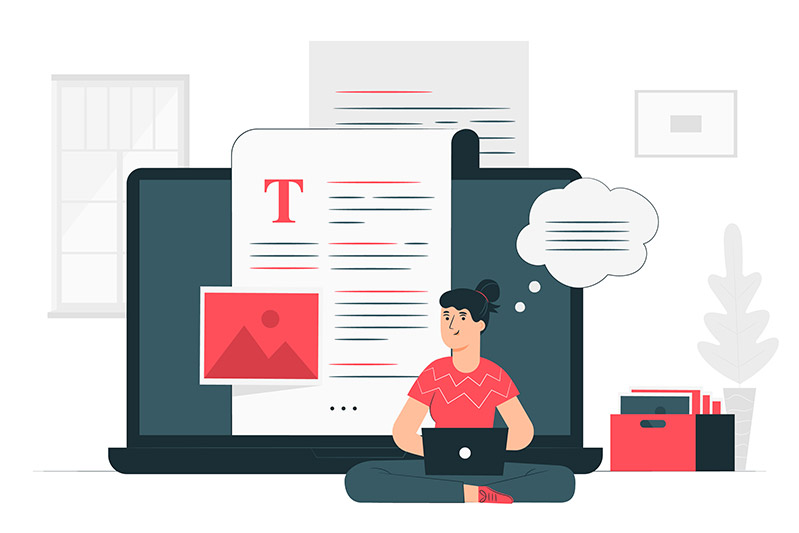In the second part of the series on creating your website you will learn more about usability, bookstores and social media features, search engine optimization and online marketing.
4. USABILITY
The goal is to convince the visitor within seconds that your website has what she is looking for. Therefore, tell at once what the visitor can find on your site (eg by mentioning your genre) and show where the information is located. You do this through simple and clear page navigation. All information on your website should be accessible by just a few clicks.
If possible, add so-called Call to action elements such as newsletter sign-up forms or links that lead to the contact form or review request.
5. SELLING YOUR BOOKS ON YOUR WEBSITE
Use images that are unique, relevant attract the interest. The shopping basket should be visible on the page at all times, e.g. in the upper part.
Show Reviews! Positive feedback from other readers arouses interest and boosts confidence. You can share your reviews in several places.
Keep the order form as short as possible and ask the customer to fill in just what is needed. Consider which information in the form is mandatory. In principle, a name and an e-mail address are sufficient, the rest you can ask for by e-mail. It may be time-consuming but possibly increases sales, as the customer can order quickly without filling out complicated forms! Give the buyer as many payment options as you can.
6. BUILD A READER CIRCLE WITH THE WEBSITE AND SOCIAL MEDIA
Many writers think that their e-mail list is the most essential marketing tool. All your faithful and relevant fans are listed there and they will be much more likely to buy your new book than the ones you reach through social media. It is thus essential to build an e-mail list as early as possible. Use your website for that. Implement an application form that is visible all the time, e.g. at the bottom of the page.
Convince website visitors that it worth to be part of your e-mail list. List all the benefits they will get from it. Members in your e-mail list can include receiving exclusive information, promotional prices, participate in competitions, free copies, participate in the cover design, etc.
You can also embed your social media profiles on your website. However, this is only recommended if you are active those platforms and regularly update. When the visitor clicks on a link he will be redirected from your website and if you cannot engage him with your social profile, it is likely that he will not return to your website but continue browsing the platform.
In any case, you should add social share buttons to your website so that visitors can share your content on social media – even if you weren’t active there.

7. HOW TO FIND READERS: SEARCH ENGINE OPTIMIZATION (SEO)
Search engine optimization (SEO) is a complex area to learn, so we list just a few essential tips.
Find your most important keywords (each keyword can consist of several words). Test the keyword for relevance. You can, for example, use Google Keyword Planing tool. In the tool, you can see in what format your keyword has the most relevance and customize the keyword as well (eg rephrase, add or replace words, etc.). The rule of thumb: a high number of searches with as little competition as possible. Find additional keywords for subpages and place them as described above. Your keyword should be used on your website in the following places:
- Header
- Content Description
- Heading (H1)
- In the first text section
- As alternative text in an image
We can help you with developing your SEO strategy, just contact us.
8. INTERNET MARKETING
With internet marketing, you can reach a large number of possible readers with a small budget. That’s what many successful authors, bestseller use today. You cannot afford to miss this opportunity.
Again digital marketing is a complex specialty and we can help building your Google and social media marketing strategy, just contact us.
Kind regards-Sandy Kohen




















